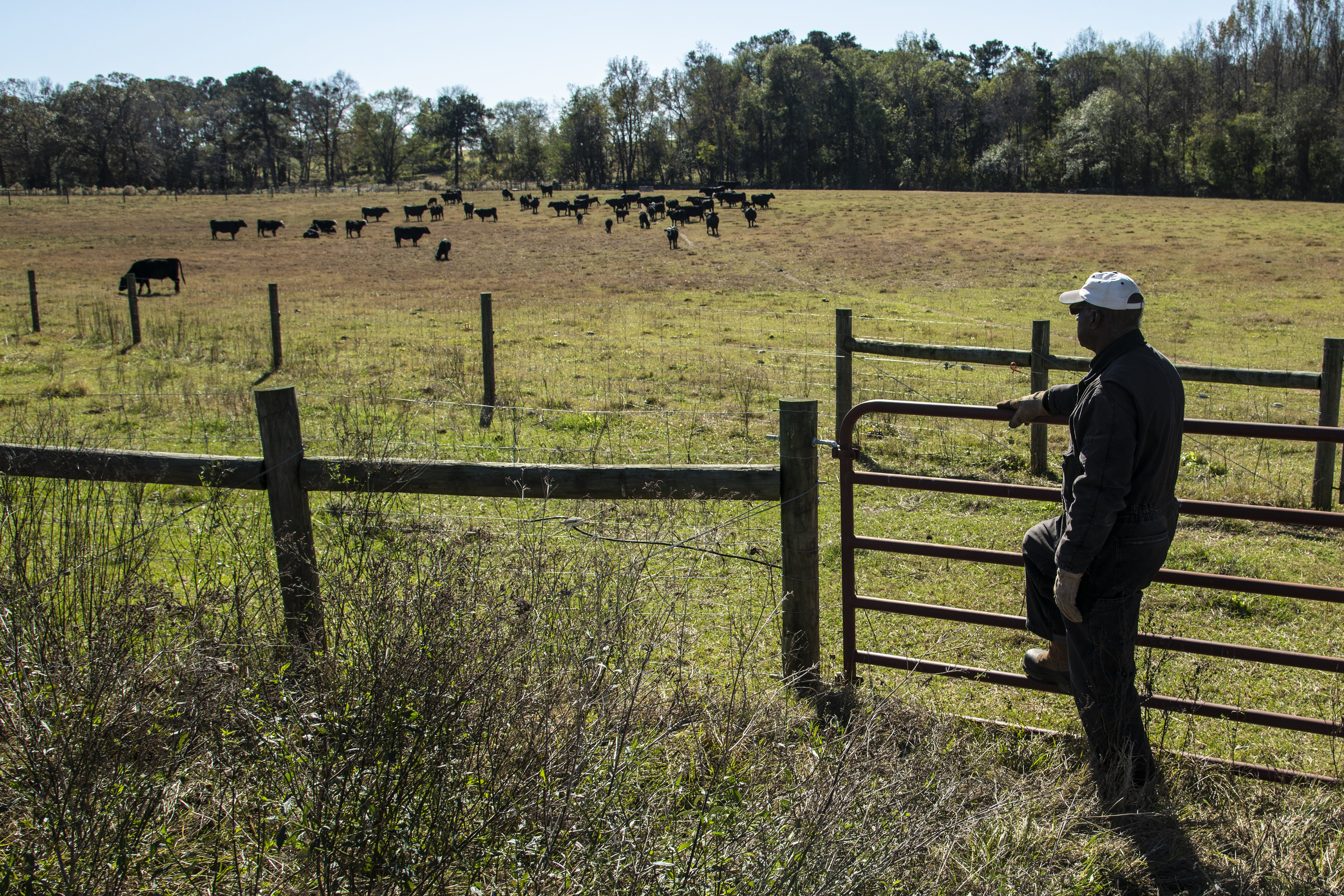A climate-smart farm bill
How the next farm bill can deliver for farmers, ranchers and the planet

The next farm bill is a historic opportunity for Congress to build on bipartisan efforts to position U.S. agriculture to help stabilize the climate and continue to thrive on a changing planet. A climate-smart farm bill must incentivize emission reductions, increase financial support for climate resilience, and invest in innovation to accelerate mitigation and adaption efforts.
As they write the next farm bill, Congress should prioritize help for beginning farmers, Black farmers and other historically underserved producers who face structural barriers to accessing farm bill assistance and benefits. This farm bill should also increase the delivery of conservation technical assistance to better support on-the-ground, producer-lead efforts to boost conservation and climate stewardship.
Priorities for a climate-smart farm bill
1. Incentive agricultural emissions reductions
The next farm bill must enable more farmers and ranchers to help stabilize the climate and benefit from their contributions.
Reducing methane emissions from livestock farming and nitrous oxide emissions from excess fertilizer are two particularly impactful opportunities for U.S. agriculture to slow rates of warming. So too is protecting the Inflation Reduction Act’s historic investment in rural climate solutions.
2. Prepare agriculture to stay productive in a changing climate
The farm bill must invest in adaptation so that farms and ranches can continue to feed a growing population and support rural economies for generations to come, even in the face of new challenges posed by climate change.
Ensuring crop insurance rewards climate resilience and supporting farmers in diversifying crops are two key ways to support increased resilience.
3. Invest in innovation, data and measurement
Better data, measurement and verification will be essential for knowing that agricultural emissions are decreasing, and resilience is increasing. The farm bill could move to consolidate and anonymize data from research sites and farms in order to illuminate links between management changes, productivity and environmental outcomes.
Robust research and development investments are urgently needed as well. One area of particular opportunity is bringing new enteric methane reducing products to market. Dairy farmers and cattle ranchers need a suite of solutions that have a proven climate benefit, are safe for people and animals, and user-friendly.
Latest updates
- Blog post
Why food companies must act now to protect public funding for climate-smart agriculture
- Blog post
USDA plans to improve climate data and empower farmers
- Blog post
Three priorities for a climate-smart farm bill
- Blog post
The farm bill is a powerful opportunity for agricultural climate solutions
- Blog post
Federal R&D funds are key to solving enteric methane challenge, keeping U.S. agriculture competitive














